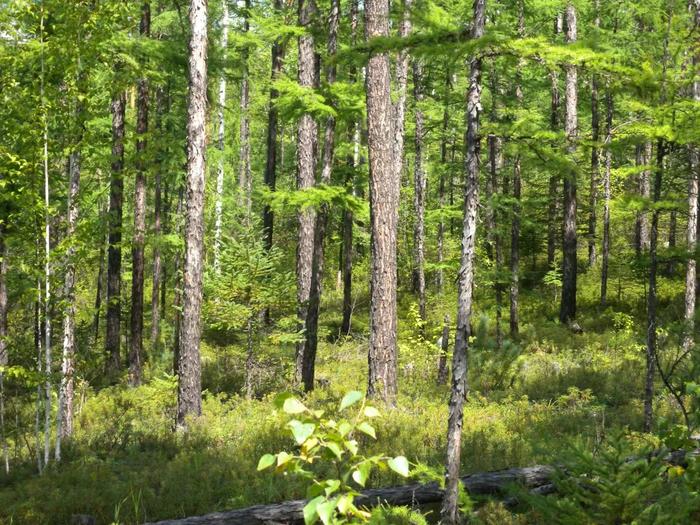DURHAM, N.C. – Manganese in the soil of boreal forests has been found to work against the carbon storage capacity of these crucial northern habitats.

Credit: Jinghua Yu
DURHAM, N.C. – Manganese in the soil of boreal forests has been found to work against the carbon storage capacity of these crucial northern habitats.
Located predominantly in cold regions at high latitude, boreal forests are estimated to store nearly 30 percent of the world’s soil carbon, making them the world’s largest reservoir of land-based carbon. This stored carbon is found mostly in the forests’ humus layer, which contains decomposed leaves and other organic matter.
A global, long-term study led by Duke University researchers has found that higher levels of manganese in this layer stimulated decomposition of soil organic matter, and released more carbon dioxide than did those forest plots with less or no manganese. The work appeared March 19 in the Proceedings of the National Academy of Sciences (PNAS).
“Conventional wisdom is these forests are like a global vault of carbon, where carbon is put into the vault versus taken out,” said William H. Schlesinger, professor emeritus at Duke University’s Nicholas School of the Environment and study co-author. “These findings reveal a crack in the vault, where enough manganese over time stimulates the release of carbon dioxide into the atmosphere, which has implications for climate mitigation efforts and the global carbon cycle,” said Schlesinger.
Certain industrial processes, such as metal smelting or combustion of manganese-containing fuels, can release airborne manganese which is later deposited in soils downwind.
This is one of many human activities, such as the burning of fossil fuels, deforestation, and land-use changes, that have disturbed the natural carbon cycle, leading to an increase in atmospheric carbon dioxide concentrations that contribute to global warming and climate change.
“Carbon inventorying is still an evolving science,” said Yunyu Zhang, lead author and graduate student from the Chinese Academy of Sciences. “It is essential to figure out which factors regulate this huge carbon pool [in boreal forests’ soil], especially given continuous… industrialization.”
Researchers analyzed data from boreal forests worldwide, and fertilized soil with manganese over 14 years (2009-2023) in China’s Daxing’an Mountains. Results showed the level of exchangeable manganese — the part of manganese that plants can use as nutrients — determined how much carbon was stored in boreal forest soil. After four years, carbon storage on plots fertilized with manganese fell by nearly 13 percent, meaning more carbon was released into the atmosphere.
“To develop effective and sustainable strategies, it is critical to understand complex interactions between trace nutrients and carbon storage,” Zhang said. “It is even more important to predict how those interactions work in the long term, considering the impact of human activities.”
Schlesinger emphasized the need for further research and action, noting how the study’s findings highlight the importance of soil nutrient dynamics, such as the level of exchangeable manganese, in climate change mitigation efforts.
He urged further study of the role of manganese not only in soil, but also in the air, on land-based carbon emissions, the boreal forest ecosystem, and climate mitigation.
“There’s no proverbial foolproof vault or absolute forest sink,” Schlesinger said. “We need integrated approaches to land management and climate mitigation. Climate has traditionally been considered a major factor in carbon storage, but we now see how manganese is also a key indicator, something that has long been overlooked and underexamined.”
The National Natural Science Foundation of China and Chinese Academy of Sciences co-funded the study.
CITATION: “Exchangeable Manganese Regulates Carbon Storage in the Humus Layer of Boreal Forests,” Yunyu Zhang, Sarah E. Hobbie, William H. Schlesinger, Bjorn Berg, Tao Sun, Jiaojun Zhu. Proceedings of the National Academy of Science, March 19, 2024. DOI: 10.1073/pnas.2318382121
Online: https://www.pnas.org/doi/10.1073/pnas.2318382121
Journal
Proceedings of the National Academy of Sciences
DOI
10.1073/pnas.2318382121
Method of Research
Experimental study
Subject of Research
Not applicable
Article Title
Exchangeable Manganese Regulates Carbon Storage in the Humus Layer of Boreal Forests
Article Publication Date
19-Mar-2024




